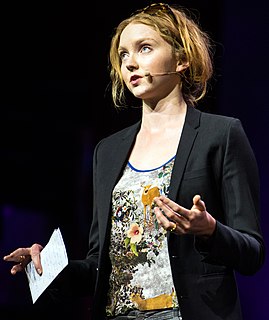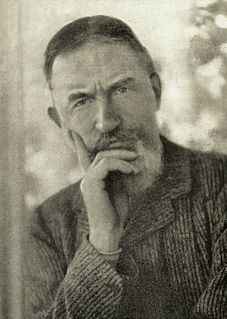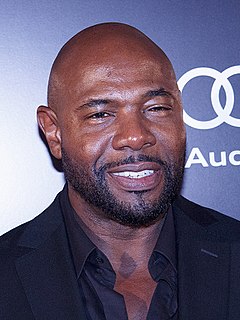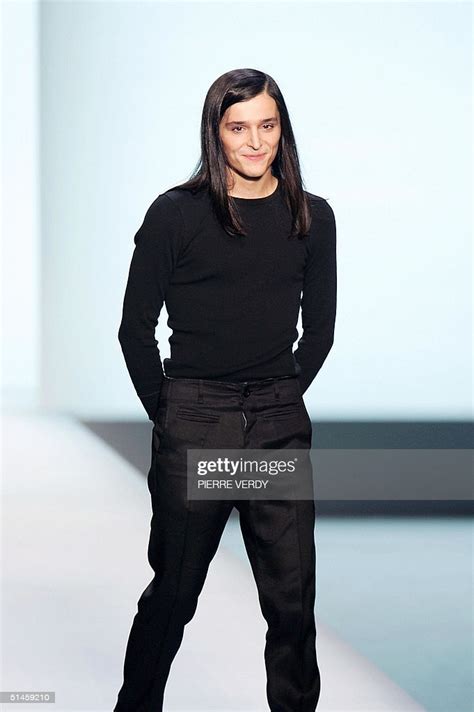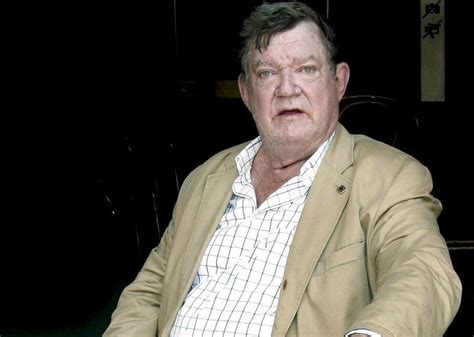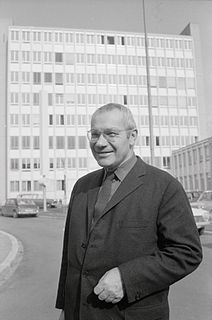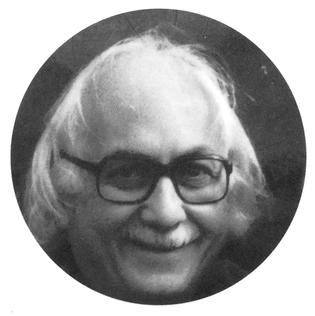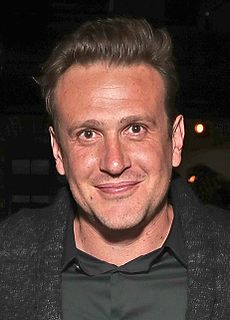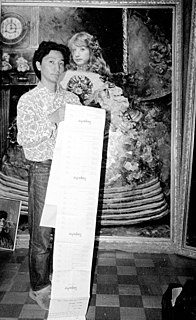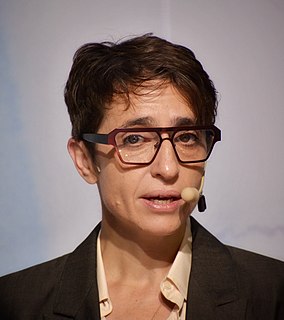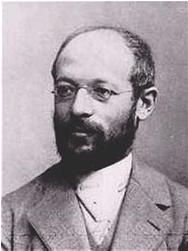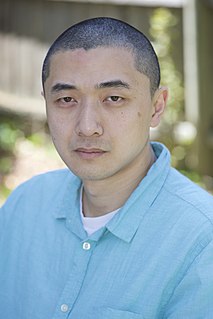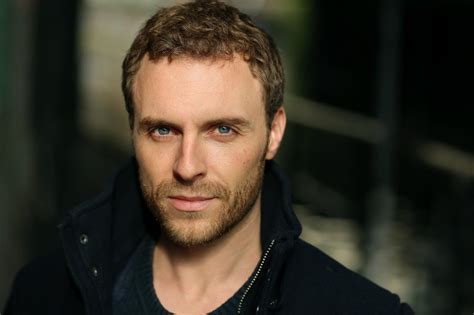A Quote by Fred Kaplan
Is there really any relationship between artists' personal conduct and their art? Certainly not.
Related Quotes
The relationship between art and a job is not quite linear, but I really love any and all manifestations of art, really respect any kind of artistic impulse, whether it's paintings and sculptures or really good filmmaking or music. I really see the relationships between these different mediums as very fluid.
Fine art is the subtlest, the most seductive, the most effective instrument of moral propaganda in the world, excepting only the example of personal conduct; and I waive even this exception in favor of the art of the stage, because it works by exhibiting examples of personal conduct made intelligible and moving to crowds of unobservant unreflecting people to whom real life means nothing.
I love movies; I grew up loving movies. I've always loved movies. I never thought about making movies until I took art classes and then I started studying different artists. As you study paintings, you see light and shadow, of course - Rembrandt, Eugène Delacroix. You start to understand the relationship between people and art, and images. For me, between movies that I watched and art, it was like, I'd love to make moving art. Moving pictures.
I think the relationship is very tenuous between fashion and art. Many designers have built relationships with artists, which is not something I personally did. But it's true, sometimes you see artists working for a designer or a brand on some specific project or taking care of their environment and making an amazing store.
It is hard to think of any work of art of which one can say 'this saved the life of one Jew, one Vietnamese, one Cambodian'. Specific books, perhaps; but as far as one can tell, no paintings or sculptures. The difference between us and the artists of the 1920's is that they they thought such a work of art could be made. Perhaps it was a certain naivete that made them think so. But it is certainly our loss that we cannot.
Only recently serious research into the relationship between photography and art has taken place. Why has it been so long in coming ? In some respects historical research is analogous with that of science. The bringing to light of factual material and the development of ideas is to a large extent cumulative. But when artists themselves were, from about 1910, beginning to tear down the bastions protecting Art in its ivory tower, questioning the idea of Art with a capital 'A', photography was inevitably to assume a new stature both in the eyes of artists and the public, too.
I've been really lucky to spend some time around actors and artists I really admire. One thing I gathered from asking a lot of questions is that part of this job and this life we've chosen is doing personal exploration in front of an audience. In a lot of ways, that's what art is: personal searching with people watching.
I didn't have any close relationship with him because, although [William Edward Burghardt] DuBois may not have been as egocentric - I don't know - he certainly was not the easiest person to approach. I think, certainly, those of us who were younger sort of respected that in terms of his preoccupation with deep thoughts. So, I made no effort to establish any relationship with him. However, he was in and out then.

